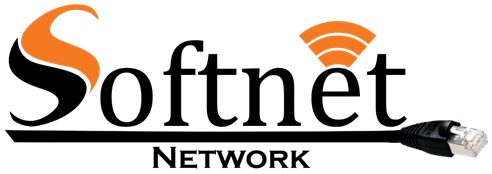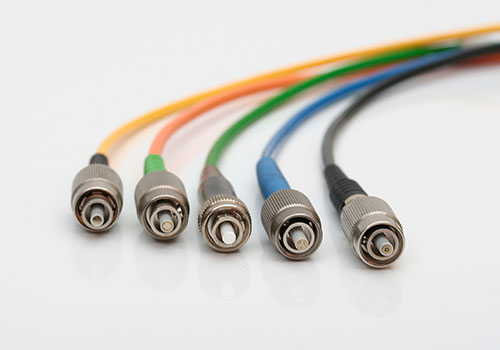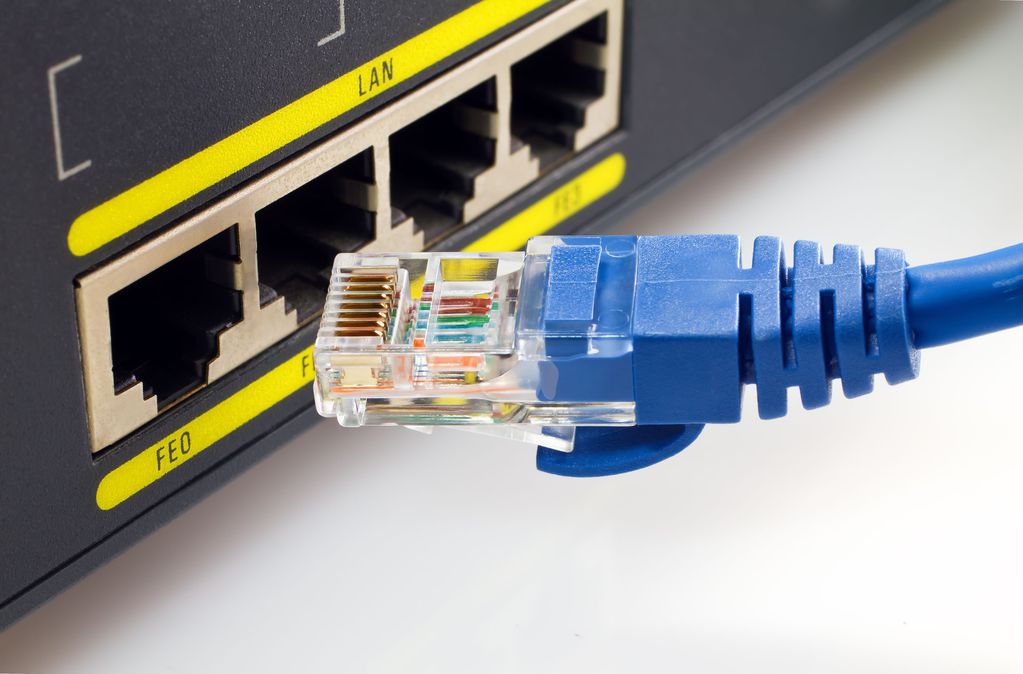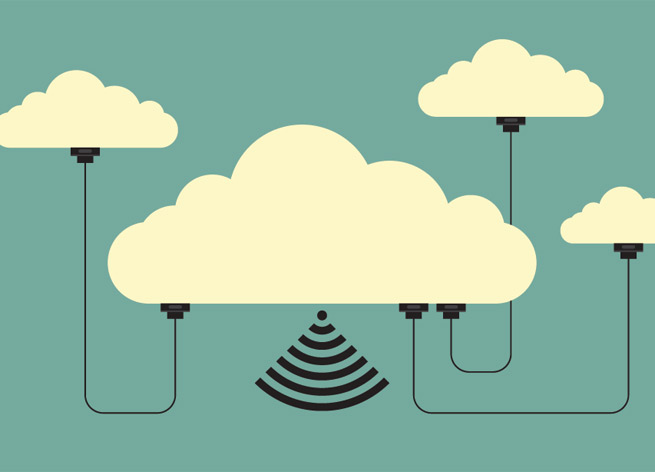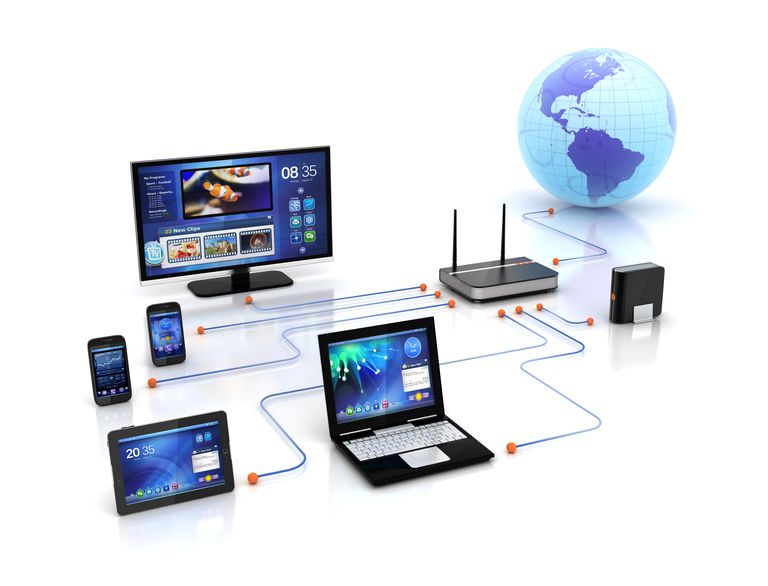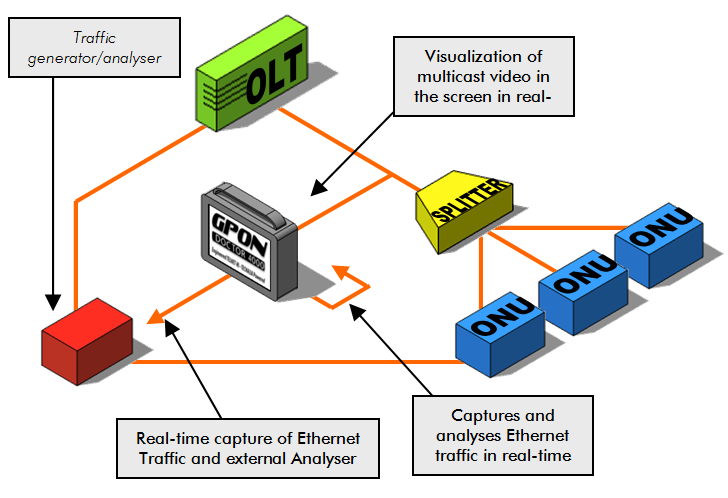Optical Fiber
Fiber optic Internet uses cutting edge technology. Information is sent via small, flexible strands of glass that transmit light. This allows data to be sent faster over greater distances.
Fiber optic communication is a method of transmitting information from one place to another by sending pulses of light through an optical fiber. The light forms an electromagnetic carrier wave that is modulated to carry information.[1] Fiber is preferred over electrical cabling when high bandwidth, long distance, or immunity to electromagnetic interference are required.
